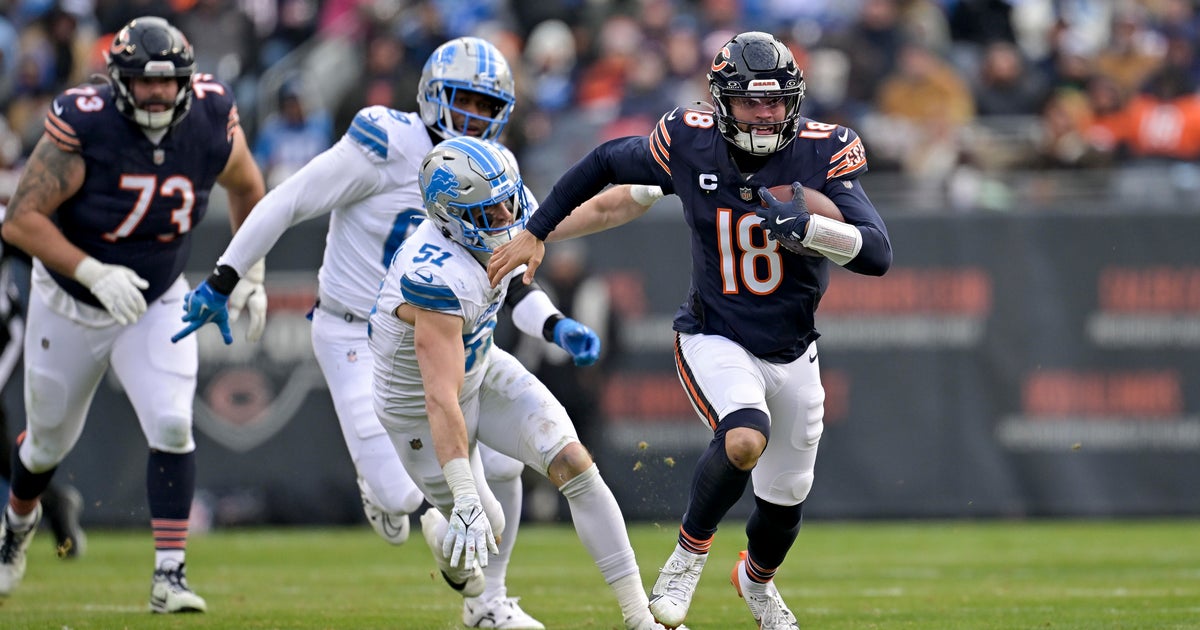Persa Among Big Ten QBs Leading Offensive Renaissance
IOWA CITY, Iowa (AP) Quick: Name the league with the nation's best crop of quarterbacks this season.
Bet the Big Ten didn't come to mind, did it?
Well, believe it.
With the season at the halfway point for many schools around the country, no conference can match the Big Ten for sheer depth at the game's most important position, a development that's helped fuel an offensive renaissance in a league once known as the ground-and-pound circuit.
Six of the top 16 QBs nationally in pass efficiency rating, led by the once turnover-prone Ricky Stanzi of Iowa, are in the Big Ten. The SEC ranks second with four and no other league has more than two.
The Big Ten has a talented group.
There are dual-threat stars such as Michigan's Denard Robinson and Terrelle Pryor at top-ranked Ohio State. More traditional drop-back passers, including Stanzi, Michigan State's Kirk Cousins and Wisconsin's Scott Tolzien, have led their teams to strong starts, and spread QB Dan Persa has completed 78 percent of his passes in leading Northwestern to a 5-1 record.
Heck, Indiana's Ben Chappell leads the league with nearly 300 passing yards a game, but he's been overshadowed by the others so far.
"It's a little bit more wide-open conference offensively. Everybody still wants to pound the ball and control the line of scrimmage, but there's great athletes across the board in this conference and it's getting that much more challenging on defense," Northwestern coach Pat Fitzgerald said.
The Big Ten has been evolving as a more diverse offensive league since the mid-1990s, when Joe Tiller brought the spread to Purdue and watched as it helped the Boilermakers reach the Rose Bowl after the 2000 season.
Over the past few years, even traditional ground powers Penn State, Ohio State and Michigan have found success opening things up.
The Nittany Lions had a mini-revival with their version of the spread under former quarterback Daryll Clark, reaching the Rose Bowl two years ago. The Buckeyes have adapted their offense to capitalize on Pryor's athleticism and, this week, became the first team in the league since 2007 to hit No. 1.
Michigan coach Rich Rodriguez brought with him the spread-option attack he used to light up Big East scoreboards at West Virginia. Though the Wolverines have had their much-publicized struggles in his first two seasons, they've hit pay dirt with Robinson in 2010.
"The Big Ten is probably similar to the Big East, where there were a few teams that would spread you out, a few teams that were more of a power-based offense and some that were in between," Rodriguez said. "I think you're going to see more and more variety throughout the game going forward as well."
Perhaps the simplest explanation for why the Big Ten looks more explosive than ever this season is because the quarterbacks are just better at what they do.
Pryor has always been a major threat when he tucks the ball and runs, and he's got 354 yards rushing this season. Last week, he set career highs with 24 completions and 334 yards in less than three quarters in a 38-10 win over Indiana, and his 15 touchdown passes lead the league.
Robinson has been spectacular for the Wolverines, ranking second in the nation in total offense with 369 yards per game and 17 touchdowns - nine on the ground, eight through the air.
Iowa coach Kirk Ferentz sees similarities between Robinson and one of the forefathers of the new Big Ten, former Indiana quarterback Antwaan Randle-El.
"When Indiana had Randle-El, they ran a unique attack. And if you've got a player like that, you're smart to do that," Iowa coach Kirk Ferentz said. "My guess is that Michigan will do that for a long time."
Teams that run more traditional Big Ten attacks are also seeing their production jump in 2010.
Stanzi, who threw 15 interceptions in 2009 and completed just 56.2 percent of his passes, has throw just two picks and trails only Boise State's Kellen Moore and Auburn's Cameron Newton in passing efficiency.
Cousins has upped his completion percentage from 60.4 percent to 68.3 percent this year, and Tolzien has cut his interceptions from 11 to just two this season.
Of course, Wisconsin would be rather silly to throw it 50 times a game with running backs John Clay, James White and one of the nation's best offensive lines. But the Badgers have learned to be more creative out of base sets.
"I think (Wisconsin offensive coordinator) Paul Chryst and his offensive staff have as much ingenuity and test you in as many different ways as any offense that we face," said Ohio State coach Jim Tressel, who's been poring over film in preparation for Saturday's trip to Madison. "It's not like they line up and say, `OK, here we come, you know exactly what we're doing.' That's not the case."
It's not as though the Big Ten has forgotten its roots. It also boasts five of the nation's top 20 teams in rushing yards per game and seven teams allowing less than 20 points per game.
"Certainly it is diverse because you still have those teams that have the ability to play power football, but you have those that have great speed on the outside and use the spread attack," Indiana coach Bill Lynch said.
By Luke Meredith, AP Sports Writer
Copyright 2010 by STATS LLC and The Associated Press. Any commercial use or distribution without the express written consent of STATS LLC and The Associated Press is strictly prohibited.



